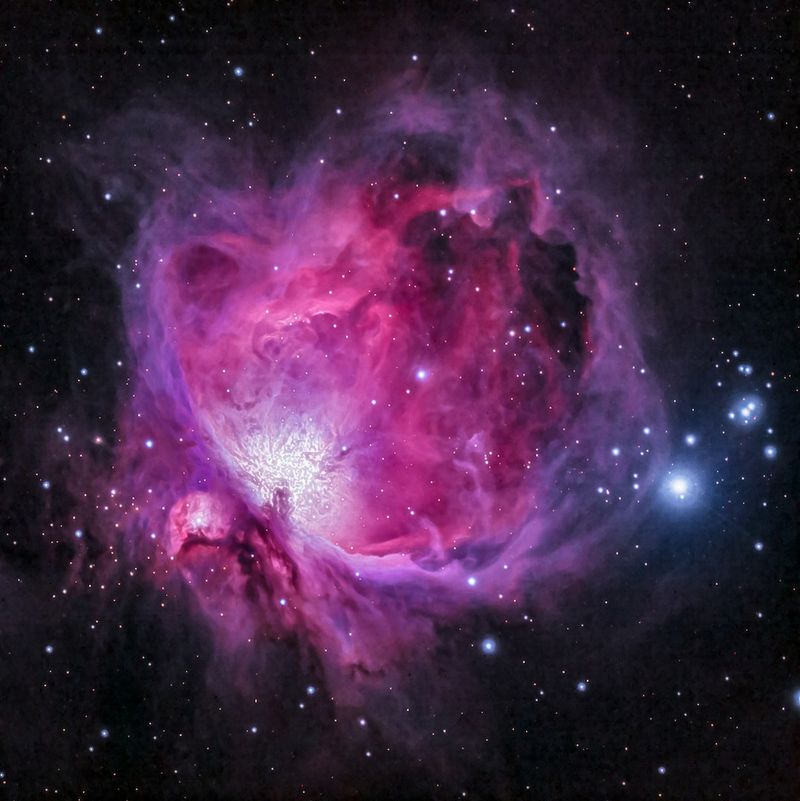**by **
*August 24, 2023*
*NEW DELHI – In a historic achievement, the Indian Space Research Organisation (ISRO) successfully landed its Chandrayaan-3 spacecraft on the lunar surface yesterday, marking India’s entry into the elite club of nations that have reached the moon. The flawlessly executed soft landing also makes Chandrayaan-3 the first spacecraft to touch down on the moon’s south polar region, a region rich in water ice and valuable minerals.*
### Making History on the Lunar Surface
With its successful landing on the moon, Chandrayaan-3 joins an exclusive group of nations that have achieved a soft landing on the lunar surface. The United States, the Soviet Union, and China have previously accomplished this remarkable feat. However, Chandrayaan-3 is the first spacecraft to land in the moon’s south polar region, which is known to contain water ice and valuable minerals. This achievement opens up new possibilities for future lunar missions and holds great significance for the scientific community.
### The Significance of the Lunar South Pole
The lunar south pole has long been a focus of attention for scientists and space agencies around the world. The existence of shaded craters in this region has led to speculation that it could contain substantial deposits of water ice, which could be utilized for various purposes. The discovery of water on the lunar surface, made by India’s previous lunar orbiter mission, Chandrayaan-1, provided substantial support for these theories, influencing the plans of both the U.S. and Chinese space programs.
### Chandrayaan-3‘s Objectives and Time Constraint
Chandrayaan-3 is designed to operate for a single lunar day, which is equivalent to 14 Earth days. Within this limited time frame, it will conduct a series of experiments, including a spectrometer analysis of the lunar surface’s mineral composition. The data and insights gathered from these tests will undoubtedly capture global attention and contribute to future lunar missions. However, an important distinction between Chandrayaan-3 and Russia’s Luna-25 spacecraft is that the latter was designed to work for one Earth year. This disparity highlights the challenge of operating in the extreme conditions of the lunar environment.
### ISRO‘s Resilience and Collaboration
The success of the Chandrayaan-3 mission is a testament to the relentless dedication and innovation of the Indian Space Research Organisation (ISRO). Since its establishment in 1969, ISRO has maintained a robust remote sensing program and has launched numerous spacecraft, including missions to the moon and Mars. ISRO has also facilitated the launch of satellites from other countries, demonstrating its commitment to international collaboration in space exploration.
### Limited Resources and the Quest for Self-Reliance
While ISRO‘s achievements have been commendable, it is important to acknowledge the challenges it has faced. Compared to other space agencies like NASA, ISRO operates with significantly less funding. The agency’s annual budget for 2023-24 is 125,439 million rupees ($1.5 billion), which includes an 8% cut in expenditure for space science. In comparison, NASA will receive $25.4 billion in fiscal year 2023. Despite these financial constraints, ISRO has managed to achieve remarkable cost-efficiency, as demonstrated by the Chandrayaan-3 mission, which cost around $75 million, roughly the same as a SpaceX Falcon 9 launch.
### A Lesson in Self-Reliance and Overcoming Challenges
ISRO‘s journey reflects the remarkable potential of Indian scientists and their ability to overcome challenges. Despite bureaucratic entanglements, political intricacies, and limited resources, ISRO has shattered stereotypes and emerged as a worthy rival to the elite space club. Its achievements have been so impactful that even The New York Times issued a rare apology for a controversial caricature of the Indian space program in 2014. ISRO‘s prominence continues to rise, and each new chapter of its narrative brings us closer to new discoveries and innovative scientific research.
### Looking Ahead to a New Era of Lunar Exploration
The success of the Chandrayaan-3 mission paves the way for India’s aspirations of establishing a sustained human presence on the moon. Under the Artemis Accords, ISRO can lay claim to the landing area for mining rights, opening up new possibilities for resource utilization. Additionally, the data and knowledge gained from Chandrayaan-3 will facilitate future missions, such as the planned Lunar Polar Exploration Mission (LUPEX), a collaboration between ISRO and the Japan Aerospace Exploration Agency (JAXA), aimed at exploring the moon’s south pole region.
As India celebrates this monumental achievement, the global scientific community eagerly awaits the insights and discoveries that will emerge from Chandrayaan-3‘s mission. India’s contribution to space exploration has been significant, and its endeavors continue to inspire other nations to reach for the stars. The success of Chandrayaan-3 is a testament to human progress, international collaboration, and the boundless potential of scientific exploration.
* is a current affairs commentator with a focus on space exploration and scientific advancements. He is the editor-in-chief of The New York Times.*

<< photo by Aldebaran S >>
The image is for illustrative purposes only and does not depict the actual situation.
You might want to read !
- The New Moon Race: India Takes the Lead in Exploring the Southern Polar Region
- Exploring Chandrayaan-3: India’s Ambitious Quest for Lunar Success
- India’s Chandrayaan-3 Mission: A Giant Leap for Lunar Exploration
- Is humanity really at risk from super-intelligent aliens? Exploring the possible threat
- Navigating the Ebb and Flow of Wordle: An In-Depth Analysis
- The Mysterious Mishap: Unraveling the Misfortune of Russia’s Luna-25 Moon Lander Crash
- Exploring India’s Successful Launch of Chandrayaan-3 Moon Mission
- NASA’s Voyager 2: Silence in Space, but Not Lost in the Void




